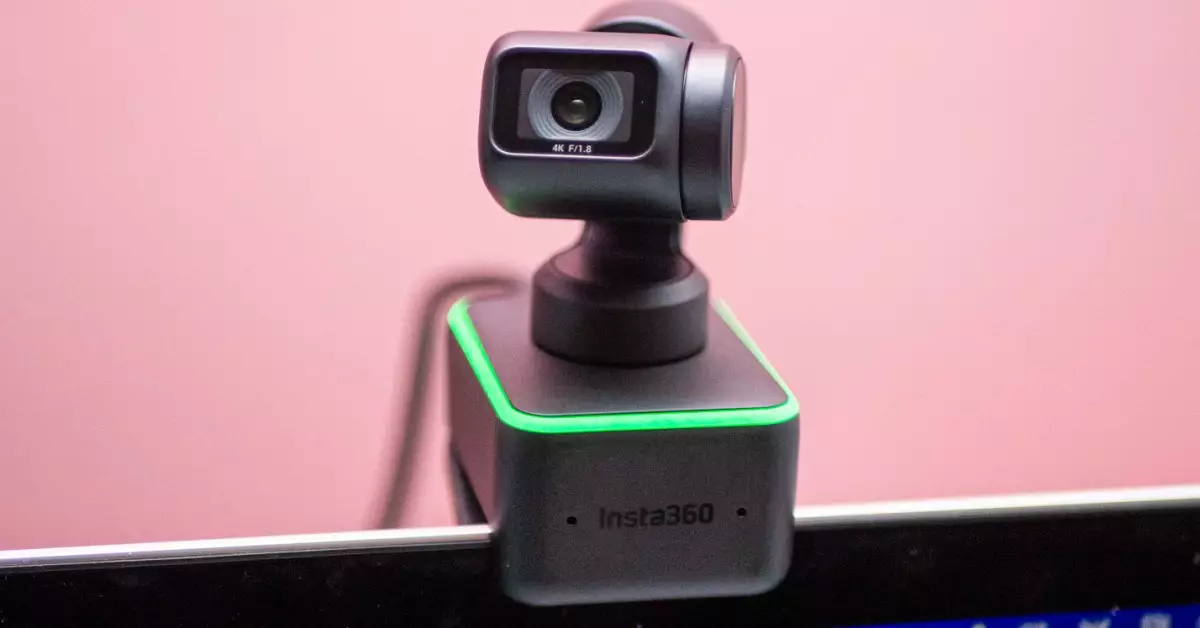The launch of the Nintendo Switch 2 has generated significant excitement among gamers, particularly with its promise of enhanced features, including video chat capabilities. However, there’s a catch—many users are quickly discovering that not all USB-C webcams are created equal when it comes to compatibility with this platform. This situation has led to significant confusion about which models actually work, leaving users frustrated and manufacturers scrambling for answers.
The Costly Miscommunication
Nintendo’s assertion that users could employ any compatible USB-C webcam was met with high hopes. After all, the Switch 2 is already a substantial financial commitment; priced higher than its predecessor, with equally expensive games and accessories. The expectation was that players could easily enhance their experience by plugging in a generic or high-end webcam. Unfortunately, reality paints a far different picture. The supposed compatibility has proven to be more about marketing than actual functionality.
Many popular webcams, such as the Logitech Brio 4K and Elgato Facecam MK.2, fail to work with the Switch 2 despite their prevalence on online “best” lists. Conversely, older models like the Logitech C920 operate seamlessly, raising questions about the criteria that define compatibility. This inconsistency would reasonably lead consumers to feel misled, prompting them to wonder why Nintendo has not provided a definitive list of working webcams prior to the console’s launch.
Manufacturers in Limbo
In an ironic twist, even the various webcam manufacturers have been left in the dark. Attempts to gather a comprehensive list of compatible devices have yielded little information. Companies such as Logitech, Microsoft, and Razer seem unprepared to offer guidance to consumers, which only adds to the frustration. While the gaming community is often seen as a collective eager to explore tech, being left to create the compatibility list independently is less than ideal.
At this point, it’s fair to question the communication strategy from Nintendo. Further complicating matters, the lack of a reliable real-time list means that consumers must rely on anecdotal evidence from user-generated forums and threads. The lack of transparency suggests a significant oversight on Nintendo’s part.
Testing for Compatibility: The Silver Lining
Despite these issues, Nintendo has rolled out a surprisingly straightforward mechanism for users to test webcam compatibility. Through the “Test USB Camera” option in system settings, players can quickly determine which cameras are functional by simply plugging them in. This relatively user-friendly feature takes some of the frustration out of determining compatibility, allowing gamers to focus on enjoying their experiences rather than tackling excessive technical hurdles.
Ongoing communication from manufacturers, such as Elgato’s willingness to consider firmware updates for non-compatible devices, provides a glimmer of hope in an otherwise aggravated situation. However, for consumers seeking answers, this merely serves as a temporary reassurance rather than a comprehensive solution.
Community-Driven Solutions
Given the lack of formal guidance, the gaming community has risen to the occasion, attempting to compile lists of working webcams gleaned from personal experiences. Platforms like Reddit and various gaming forums are currently the best sources for this kind of information. It’s empowering to see gamers band together to troubleshoot and innovate, creating a sense of community amidst the confusion and frustration of the situation.
As the collective server of community knowledge grows, it may soon lead to a more reliable and complete list of webcams that function with the Nintendo Switch 2. The collaborative effort reflects the true spirit of gaming, embodying the resilience of a community that refuses to be thwarted by corporate negligence.
While this rise in grassroots problem-solving can yield effective results, it raises the ongoing question: should consumers have to take on this burden? In a market where innovation and compatibility are expected, clear, transparent communication from manufacturers is essential.
As the gaming landscape evolves, so too must the manufacturers who serve to enhance our experiences. The spotlight is on Nintendo and their third-party allies to step up, clarify their positions, and foster a user-friendly ecosystem that respects the investment made by their loyal consumers.

